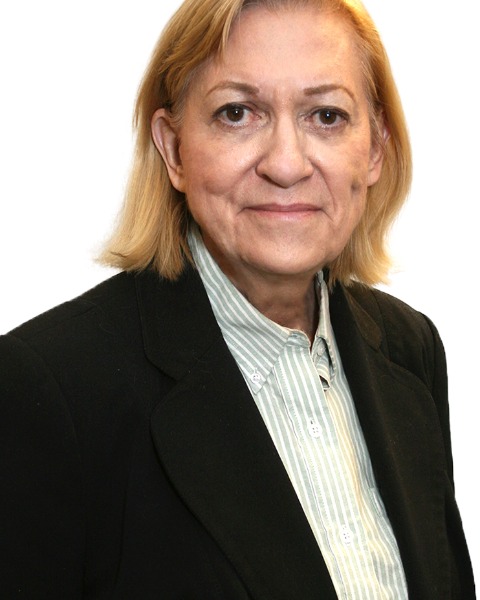Back
Platform
AQMO
Session : Innovative Topics in Air Quality Modeling
1166244 - International Guideline for Odor Dispersion Modeling
Wednesday, June 29, 2022
4:30pm – 4:50pm PT
Location: Seacliff C

Raymond C. Porter
Knowledge Leader
Porter Odor Science
Reading, MA
Phyllis G. Diosey, PhD, QEP
Associate
Hazen and Sawyer
New York City, NY
Primary Author(s)
Co-Author(s)
The "Guideline on Air Quality Modeling"(40 CFR 51, Appendix W) has been the reference document for assessing compliance with the Ambient Air Quality Standards. However, there are many other air quality issues that use dispersion modeling to assess the impacts from existing facilities or to permit new facilities. Chief among these issues is odor, which is the overwhelming complaint to regulatory agencies. There is no federal guidance to conduct odor dispersion modeling and where state guidance is provided, it is often inadequate or incomplete.
To address this gap in guidance for conducting a dispersion modeling analysis for odor impacts, the European Center for Standardization assembled a working group (WG-41) to prepare an odor dispersion modeling guidance document. This working group consists of over 20 dispersion modeling professions from several countries from across the globe. The topics addressed by the working group include:
- Definitions and odor modeling terminology
- Meteorological data processing for odor modeling input
- Source and odor emission characterization
- Dispersion modeling algorithms
- Dose / response factors (peak to mean, percentiles)
- Reporting and documentation
This presentation will discuss the key messages from this guidance and alert air quality modelers to the special requirements for conducting an odor impact assessment.
To address this gap in guidance for conducting a dispersion modeling analysis for odor impacts, the European Center for Standardization assembled a working group (WG-41) to prepare an odor dispersion modeling guidance document. This working group consists of over 20 dispersion modeling professions from several countries from across the globe. The topics addressed by the working group include:
- Definitions and odor modeling terminology
- Meteorological data processing for odor modeling input
- Source and odor emission characterization
- Dispersion modeling algorithms
- Dose / response factors (peak to mean, percentiles)
- Reporting and documentation
This presentation will discuss the key messages from this guidance and alert air quality modelers to the special requirements for conducting an odor impact assessment.

.jpg)
